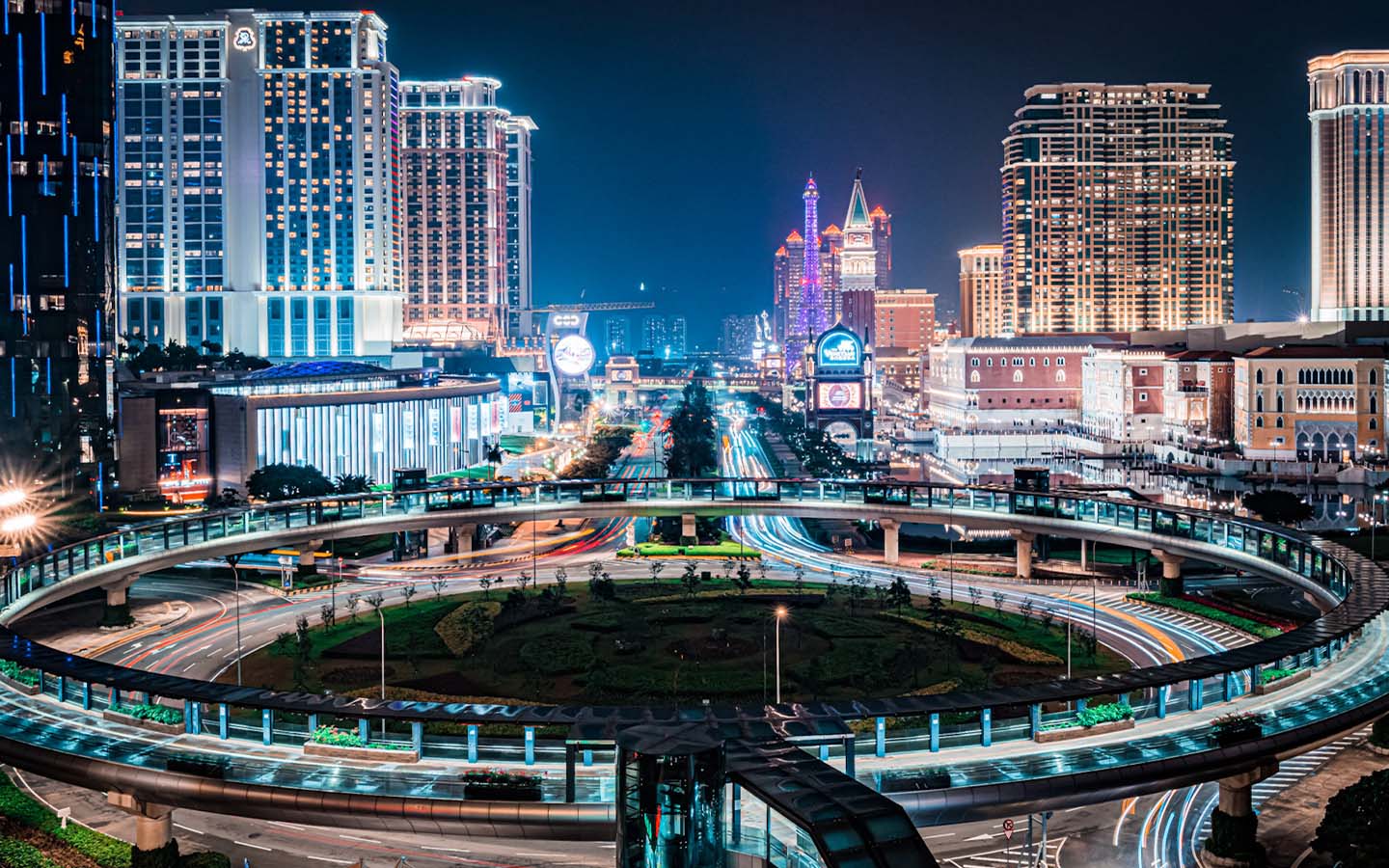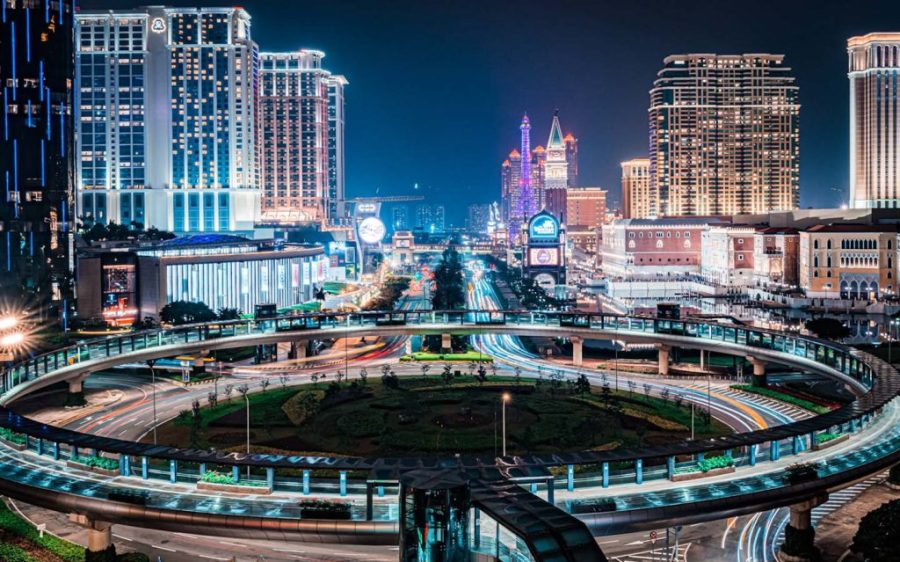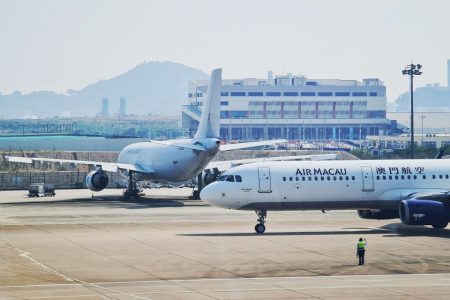Following consecutive gross gaming revenue (GGR) beats, industry watchers are poised to thoroughly comb through the August data when the numbers are released next week. Investment analysts have turned more optimistic on the sector’s outlook with this month’s report seen as a litmus test for whether the recent upswing in gambling revenues can be upheld for the remainder of the year.
“There’s no question that a sustained recovery of GGR, and the subsequent taxes earned, would bode well for the local economy,” comments Ben Lee, managing partner at casino industry adviser IGamiX Management and Consulting, speaking to Macao News.
However, Lee adds that the most important driver of GGR is consumer confidence, which still remains fragile, noting that the onus of the recovery stems from the VIP segment given the multiplier effect of credit issuance.
[See more: Morgan Stanley tips 15 percent GGR growth as dividends return]
But as the calendar turns to autumn, investors are wondering whether the summer momentum can continue or if the data proves to be a transient event. Consensus is forecasting at least ten percent growth for August. If achieved, the monthly result could mark a third consecutive GGR reading of double-digit gains, a stark contrast to the modest one percent expansion seen in the first quarter and a noticeable shift in sentiment.
Back in June, amid the cloud of tariff uncertainty, the government lowered its 2025 budget projections, penciling in a GGR forecast of 228 billion patacas after the industry achieved 227 billion patacas in 2024. While many forces shape the GGR number, here are three key factors worth watching that may prove critical for the remainder of the year.
Industrial profitability
The pickup in gaming revenues reflects an improving economic landscape. China’s second-quarter GDP growth of 5.2 percent exceeded expectations, supported in part by front-loaded industrial activity and a household trade-in scheme launched in March of last year, according to analysts, raising the possibility that gains may taper off in the second half.
In a research note published earlier this month, brokerage house CLSA observed that the spread between China’s Producer Price Index (PPI) and Purchasing Price Index for Raw Materials (PPIRM) has served as a harbinger for annualised changes in Macao’s gross gaming revenue (GGR) with a lead time of about six months.
[See more: Industrial profitability shifts may signal changes in gaming sentiment: CLSA]
This uptick in GGR may reflect broader economic improvements, as reflected in the PPI and PPIRM indices, explains CLSA’s Jeffrey Kiang in a previous conversation with Macao News. However, while the correlation is worth highlighting, the analyst notes that currency strength of the yuan, a factor of the overall economy, carries greater weight and is a more significant driver for market valuations.
Changing preferences among Greater China visitors
Tourist arrivals rose 15 percent during the first half of the year, feeding expectations that 2025 could surpass the 39 million travellers recorded in pre-pandemic 2019. With 90 percent of total footfall originating from mainland China and Hong Kong, travel patterns, including where they are not going to, matter to Macao’s outlook.
Mainland Chinese arrivals rose 19 percent during the first six months of the year, aided in part by those coming to Macao under the expanded Individual Visit Scheme, which witnessed a 25 percent jump. This influx coincided with a decline in other popular destinations such as Thailand, where Chinese visitor numbers fell by a third, according to Morgan Stanley. Hong Kong tourists mirrored the pullback, with a quarter fewer travelling to the Land of Smiles.
[See more: Visitors’ average stay in Macao has been shortening. That may not be such a bad thing]
Perhaps deterred by the yen’s appreciation, four percent fewer Hongkongers visited Japan during the second quarter, when rumours of a potential July earthquake were widely circulated on social media. Both variables may have contributed to the 24 percent jump in Japanese tourists to Macao this year, though the category accounted for just 0.40 percent of total intake in 2024.
A sharp uptick in HIBOR
The recovery in local equity markets should spur a wealth effect that boosts risk appetite. In the aforementioned CLSA report, Kiang notes that annualised changes in Hong Kong’s main index have moved with GGR per visitation in Macao, although adds that the two data sets have started to converge since June.
[See more: Macao’s gaming taxes topped US$1 billion in July]
Hong Kong’s Hang Seng Index is among the top-performing bourses this year, returning nearly 30 percent, driven in part by a slew of corporate deals and a surge of capital flowing into the city. The pickup in liquidity back in May pushed HIBOR (the benchmark interbank lending rate) to its lowest level since 2022, disincentivising savings and prompting investors to seek returns elsewhere. Rates have since rebounded, pulling excess liquidity from the market and potentially tightening the previously loose conditions under which better-than-expected GGR figures began to emerge.






